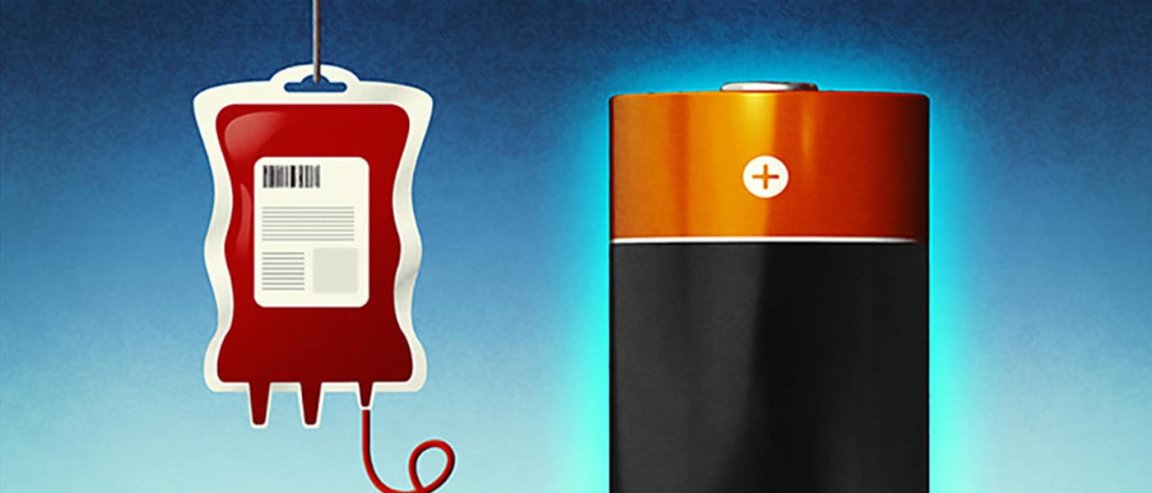
Finding a Catalyst
Developments in science and technology make possible things that we can barely even imagine before. A discovery that using a molecule that transports oxygen in the blood can improve battery power has been made by a Yale led research group. The study is detailed in Nature Communications.
Lithium ion batteries, the standard in consumer electronics, have in recent years been superseded by lithium-oxygen batteries. The new battery works through a cycle of reactions between the lithium and oxygen molecules, forming ions and generating electricity. The lithium-oxygen battery is much more energy efficient: devices could go for weeks on a single charge, electric cars could travel up to four times longer than current distances.
However, the lithium-oxygen battery has yet to hit the market in a big way, because it’s still working out some issues. One of the challenges of electrochemists is to prevent the formation of lithium peroxide, a side product that forms as an undesired precipitate on the batteries’ electrodes.
The laboratory of Andre Taylor, Yale associate professor of chemical and environmental engineering, identified that the heme found in blood could function as a feasible catalyst that would prevent the precipitate from forming. Heme is a macromolecule that carries oxygen in the blood, and is also responsible for the blood’s distinct red color.

Blood Pact
Taylor’s group demonstrated that the heme molecule improved the lithium-oxygen battery’s function by lowering the energy barrier of the reaction, effectively decreasing the reaction cycles that produced electricity. In other words, the vital reaction occurring in the battery between lithium and oxygen was made easier by the heme’s transport capabilities.
The discovery is a profound breakthrough that hits two birds with a stone: battery power is maximized while waste from butcheries are upcycled. “We’re using a biomolecule that traditionally is just wasted,” said Taylor. “In the animal products industry, they have to figure out some way to dispose of the blood. Here, we can take the heme molecules from these waste products and use it for renewable energy storage.”
It’s a budding energy revolution flowing from our veins into the hardwire of technology.